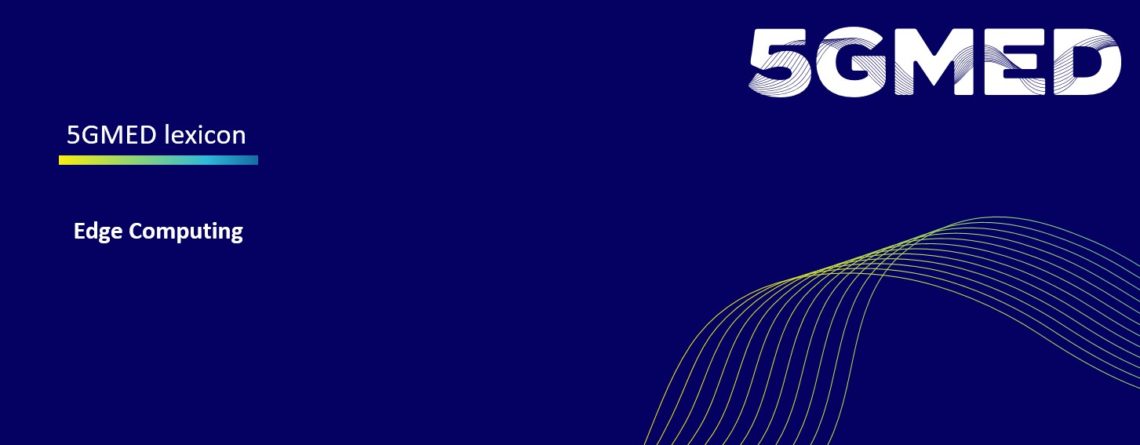Edge Computing
5GMED, an H2020 5GPPP Phase III European Project, intends to demonstrate advanced Cooperative Connected and Automated Mobility (CCAM) and Future Railway Mobile Communications System services (FRMCS) along the cross-border between Spain and France. This initiative is enabled by a consortium that includes 21 partners, coordinated by Cellnex Telecom.
One of the key technologies in this project is Edge Computing. Edge Computing is similar to cloud computing, however the storage and compute capabilities are extended at the network’s edge by deploying servers in the edge sites closer to the end-users. Data transmission to and from the cloud won’t be necessary, enabling faster data transmission and processing and better service performance.
5G mobile technology enables Edge Computing’s potential
The Edge Computing’s potential is further enabled by the 5G mobile technology, which is able to support demanding new service types, such as Ultra-Reliable Low-Latency communications (uRLLC), enhanced mobile broadband (eMBB), and Massive Machine Type Communications (mMTC). The deployment of Edge Computing requires an edge orchestrator to achieve automated management of the lifecycle of the infrastructure, the network functions, and the applications associated with it. The edge orchestrator provides a mechanism to orchestrate these network layers in a unified approach.
Edge Computing to digitalize the road infrastructure, intelligently manage traffic and more
In the context of 5GMED, Edge Computing is facilitated by deploying a 5G network to provide connectivity and coverage at both sides of the border. In this cross-border 5G infrastructure, several innovative use cases require Edge Computing capabilities:
- by digitalizing the road infrastructure with the help of Edge Computing and 5G, automated driving on highways with safety is made possible. This is achieved by placing the intelligence at the network’s edge, i.e., close to the vehicles;
- intelligent traffic management results in safe and efficient mobility by quickly detecting and anticipating possible dangerous situations and events such as traffic jams and providing warnings in a rapid manner;
- the follow-me concept, where infotainment content should be delivered in a timely manner to the moving user (both in automotive and train scenarios).
The applications and services in 5GMED are managed by the NearbyOne orchestrator, which is a multi-domain orchestration platform, federated between borders to ensure seamless operations by coordinating and orchestrating resources and services across the compute continuum.
More 5GMED Lexicon articles
5gmed.eu/5gmed-lexicon
Follows us on social media
Linkedin
Twitter


